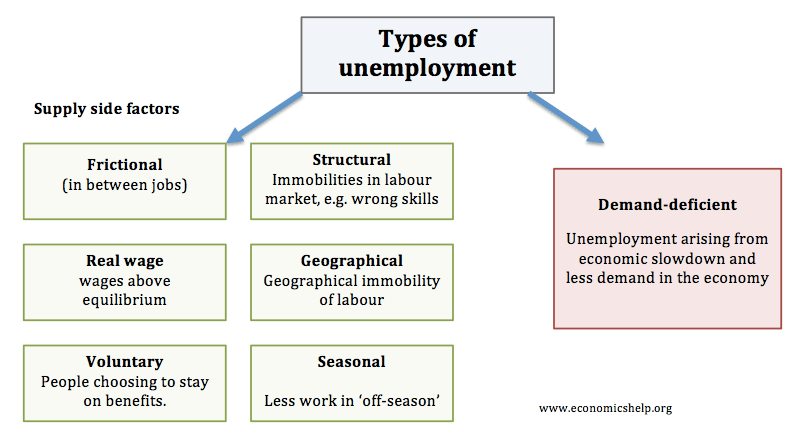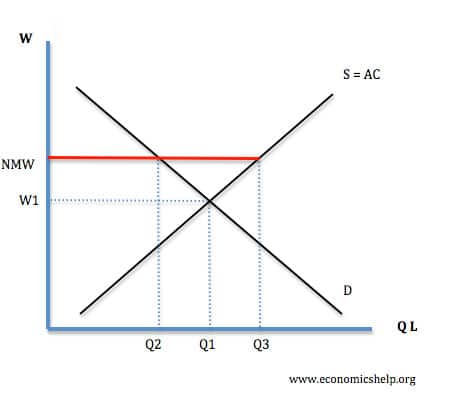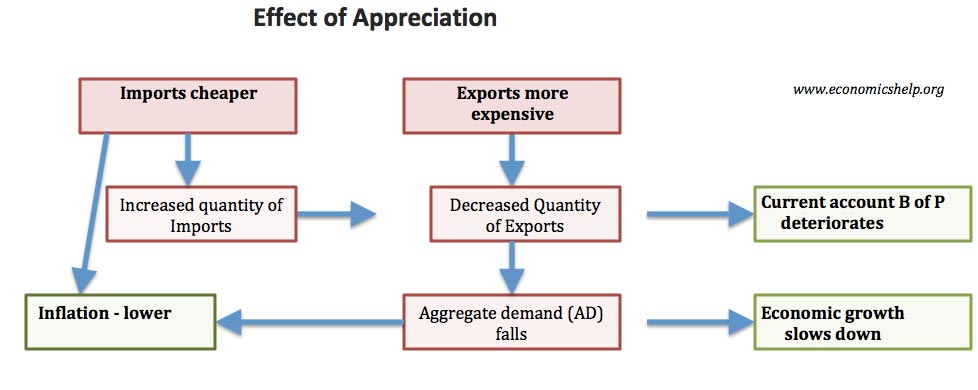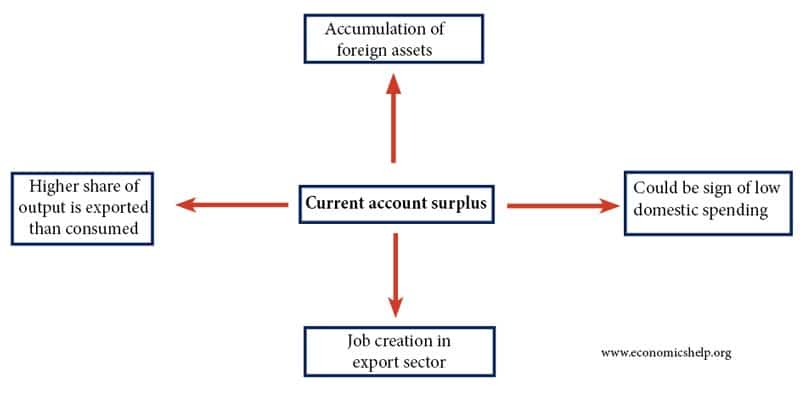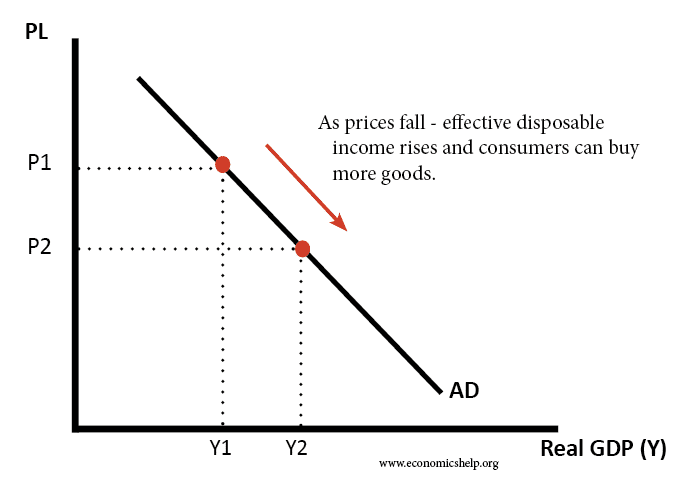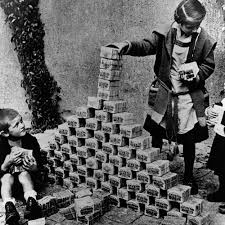Definition of Unemployment
Unemployment is defined as a situation where someone of working age is not able to get a job but would like to be in full-time employment. Note: If a mother left work to bring up a child or if someone went into higher education, they are not working but would not be classed as unemployed …

